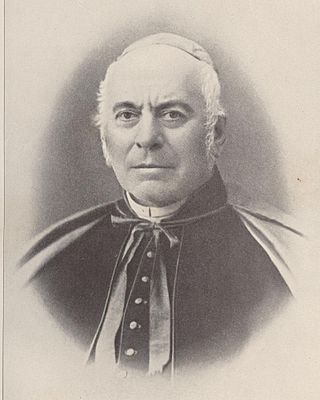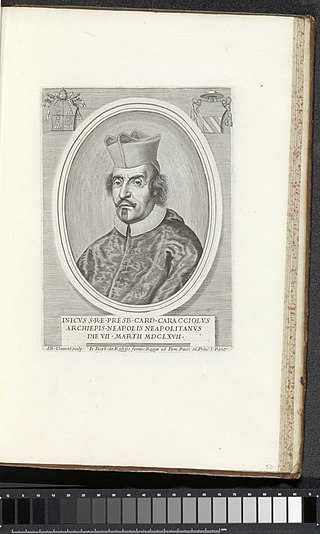
A cardinal is a senior member of the clergy of the Catholic Church. They are titular members of the clergy of the Diocese of Rome, thereby serving as the primary advisors to the Bishop of Rome. Cardinals are created by the pope and typically hold the title for life. Collectively, they constitute the College of Cardinals. The most solemn responsibility of the cardinals is to elect a new pope in a conclave, almost always from among themselves, when the Holy See is vacant. During the period between a pope's death or resignation and the election of his successor, the day-to-day governance of the Holy See is in the hands of the College of Cardinals. The right to participate in a conclave is limited to cardinals who have not reached the age of 80 years by the day the vacancy occurs. In addition, cardinals collectively participate in papal consistories, in which matters of importance to the Church are considered and new cardinals may be created. Cardinals of working age are also appointed to roles overseeing dicasteries of the Roman Curia, the central administration of the Catholic Church.

The College of Cardinals, more formally called the Sacred College of Cardinals, is the body of all cardinals of the Catholic Church. As of 7 December 2024, there are 253 cardinals, of whom 140 are eligible to vote in a conclave to elect a new pope. Cardinals are appointed by the pope for life but eligibility to vote ceases at the age of 80.

Prince Jan Duklan Maurycy Paweł Puzyna de Kosielsko was a Polish Roman Catholic Cardinal who was auxiliary bishop of Lwów from 1886 to 1895, and the bishop of Kraków from 1895 until his death in 1911. Named a Cardinal in 1901, he was known for his conservative views and authoritarianism.
In pectore is a term used in the Catholic Church for an action, decision, or document which is meant to be kept secret. It is most often used when there is a papal appointment to the College of Cardinals without a public announcement of the name of that cardinal. The pope reserves that name to himself. The Italian-language version of the phrase – in petto – is sometimes used. When the name of a new cardinal is announced or made public, it is sometimes said to be published.

Antonio María Rouco Varela is a Spanish prelate of the Roman Catholic Church. He served as Archbishop of Madrid from 1994 to 2014. He was made a cardinal in 1998. Cardinal Rouco Varela was president of the Episcopal Conference of Spain from 1999 to 2005 and again from 2008 to 2014.
Giulio Canani was an Italian Cardinal of the Roman Catholic Church.
Marcantonio Gozzadini was an Italian Roman Catholic Cardinal.
Alessandro Sanminiatelli Zabarella was an Italian cardinal of the Catholic Church. He served as Latin Patriarch of Constantinople from 1889 until 1901.

Giuseppe Firrao was an Italian Roman Catholic Cardinal.
Carlo Nocella was an Italian cardinal. He was Secretary of the Sacred Consistorial Congregation (1892–1899), Latin Patriarch of Antioch (1899–1901), and Latin Patriarch of Constantinople (1901–1903).

Teodolfo Mertel was a lawyer, deacon, and cardinal of the Roman Catholic Church. He was the last cardinal not to have been ordained at least a priest.
Antonio Trivulzio the Elder (1457–1508) was an Italian Roman Catholic bishop and cardinal.

Cristoforo Vidman was an Italian Catholic cardinal of German descent.

Bartolomé de la Cueva y Toledo was a Spanish Roman Catholic cardinal and bishop.
Andrea Cornaro (1511–1551) was an Italian Roman Catholic bishop and cardinal.
Cristoforo Guidalotti Ciocchi del Monte (1484–1564) was an Italian Roman Catholic bishop and cardinal. On his mother's side, he was a first cousin of Pope Julius III.

Marcantonio Bobba was an Italian Roman Catholic Bishop of Aosta, Italy and cardinal.

Francesco Sforza (1562–1624) was an Italian cardinal and bishop. He was very influential in a number of conclaves.

Marcello Santacroce was a Roman Catholic cardinal who served as Bishop of Tivoli (1652–1674).

Innico Caracciolo the Elder was a Roman Catholic priest, cardinal and archbishop.












